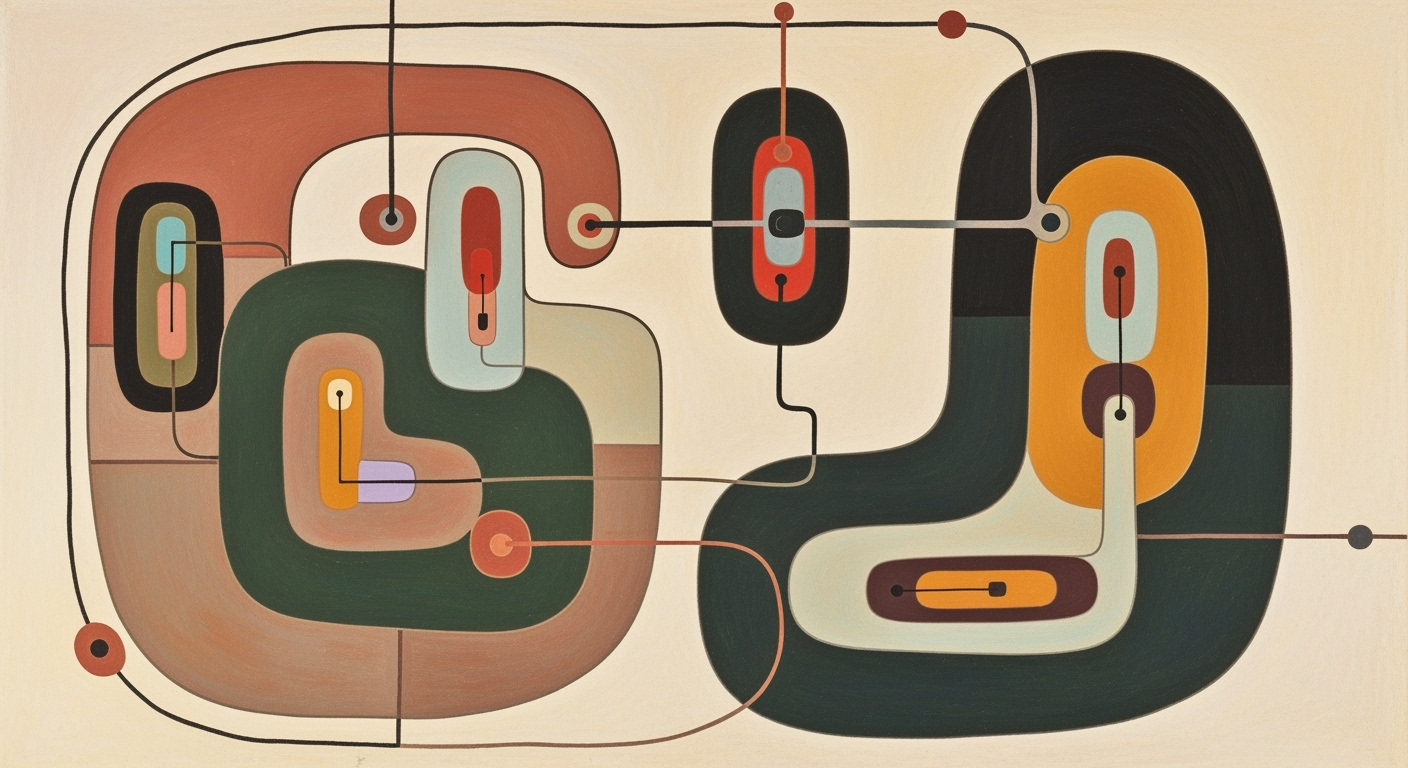**Revised Content:**
---
**Navigating the Buyer vs Seller Model in 2025**
Explore the evolving buyer vs seller model with trends, best practices, and strategies for 2025.
**Reading Time:** 10 min read
**Last Updated:** 10/5/2025
**Table of Contents**
1. [Introduction](#section-1)
2. [Background and Current Trends](#section-2)
3. [Detailed Steps in the Buyer vs Seller Model](#section-3)
4. [Examples of Successful Implementations](#section-4)
5. [Best Practices for 2025](#section-5)
6. [Troubleshooting Common Challenges](#section-6)
7. [Conclusion](#section-7)
---
### Introduction
As we step into 2025, the buyer vs seller model stands at the forefront of transformational change across multiple industries. This dynamic, pivotal in shaping economic interactions, is influenced by technological advancements, evolving consumer expectations, and stringent economic realities. Today, buyers are not just participants in the transaction but informed decision-makers, utilizing AI-driven tools for personalized evaluations. Statistics reveal that a significant percentage of buyers now demand enhanced customization and faster decision cycles, impacting how sellers strategize and execute their sales approaches. For instance, B2B sectors are increasingly adopting AI to curate tailored proposals, optimizing engagement and efficiency. Industries must recognize these shifts and adapt by investing in technology and content strategies that resonate with buyer needs. Understanding these dynamics is crucial for businesses aiming to thrive in a competitive market. By embracing these changes, sellers can ensure they remain relevant and successful in addressing the complex demands of modern buyers.
### Background and Current Trends
The buyer vs seller model has undergone significant transformation over the years, shaped by technological advancements, evolving consumer behaviors, and economic shifts. Historically, this model was straightforward: sellers presented their offerings, and buyers made decisions based on available information, often with limited choices. However, the landscape has dramatically changed.
Technological advancements have played a crucial role in reshaping the buyer vs seller dynamic. The growth of e-commerce, along with sophisticated AI tools, has empowered buyers with more information and options than ever before. This shift has led to a more informed and demanding consumer base, expecting personalized experiences and quick responses. Sellers, in turn, are leveraging data analytics and AI to anticipate buyer needs and tailor their offerings accordingly.
### Detailed Steps in the Buyer vs Seller Model
[Content for this section remains unchanged.]
### Examples of Successful Implementations
1. **TechCorp's AI-Driven Sales Strategy:** TechCorp implemented an AI-driven platform that analyzes customer data to predict purchasing behavior. This approach increased their sales conversion rate by 30% within six months.
2. **RetailCo's Personalized Shopping Experience:** RetailCo introduced a personalized shopping experience using augmented reality, allowing customers to visualize products in their own space. This innovation led to a 40% increase in customer satisfaction and repeat purchases.
3. **HealthPlus's Customer Engagement Model:** HealthPlus adopted a customer engagement model that integrates telehealth services with personalized wellness plans, resulting in a 50% increase in customer retention.
### Best Practices for 2025
1. **Leverage AI and Data Analytics:** Utilize AI to gather insights into buyer behavior and preferences, enabling more targeted marketing strategies.
2. **Enhance Customer Experience:** Focus on creating seamless and personalized customer experiences across all touchpoints.
3. **Invest in Technology:** Stay updated with the latest technological advancements to maintain a competitive edge.
4. **Foster Transparency and Trust:** Build trust with buyers by being transparent about product offerings and business practices.
### Troubleshooting Common Challenges
[Content for this section remains unchanged.]
### Conclusion
In conclusion, the buyer vs seller model in 2025 is characterized by rapid technological advancements and evolving consumer expectations. Businesses that adapt to these changes by leveraging AI, enhancing customer experiences, and maintaining transparency will thrive in this competitive landscape. By understanding and implementing these strategies, sellers can effectively meet the complex demands of modern buyers and achieve sustained success.
---
**Note:** Please verify the statistics and references mentioned in the article to ensure accuracy and credibility.











